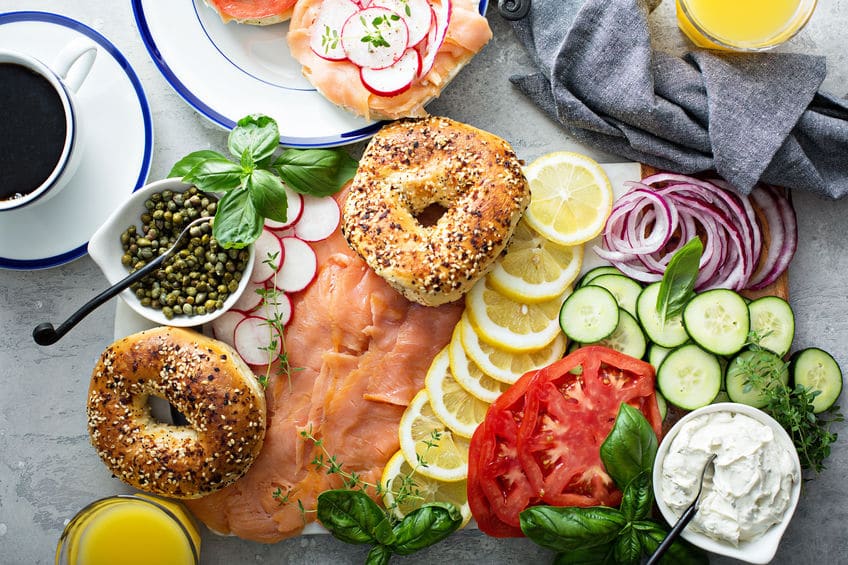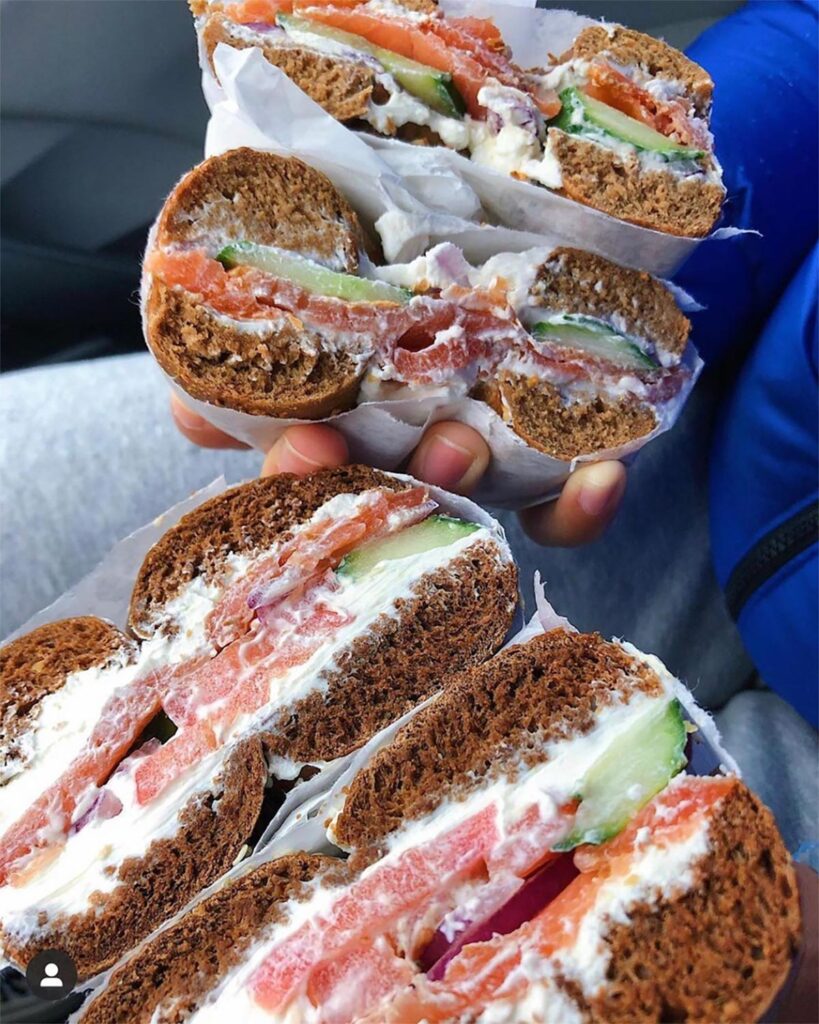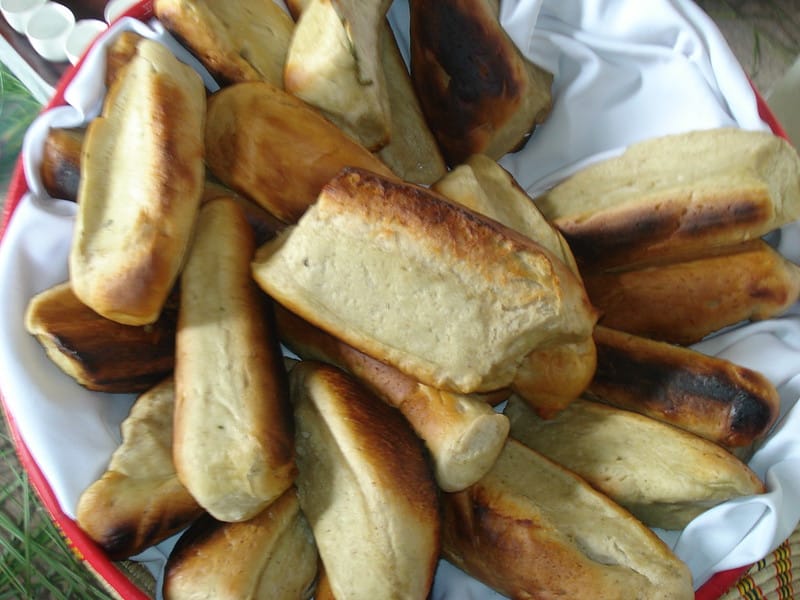
After fasting for 25 hours during Yom Kippur, the only thing you’re probably thinking about is eating. If you’re hosting a Yom Kippur break fast for friends and family, never fear! It may seem daunting to host hungry (and often irritated) loved ones, but lucky for you, Yom Kippur is one of the easiest holidays to prepare for.
Yom Kippur, or the Jewish Day of Atonement, is known as the holiest day in the Jewish calendar. To observe the holiday, Jews are expected to fast for 25 hours, reflect on their mistakes from the last year, and atone for their sins.
Read more: How do you celebrate Yom Kippur and other Jewish Day of Atonement questions, answered
The holiday ends with a final service, called Neilah, and then a break fast with loved ones. Hosting a break fast is a great way to help figure out what you want your Judaism to look like as an adult, and a wholesome way to find a sense of community and connection.
If you’re up for the challenge this year, Unpacked has you covered with the ultimate guide to hosting your first break fast.
What is a Yom Kippur break fast? Why do Jewish people break their fast communally?
The major and minor fast days in the Jewish calendar, including Yom Kippur, end with a communal break fast with friends and family. While not mandatory, the tradition of ending your fast with loved ones has been popular for centuries as a way to celebrate the end of the holiday and be together with your community.

While fasting looks different to some people based on health needs, most people observing the holiday abstain from eating and drinking for 25 hours (from before sundown on the night before the holiday (erev) to the hour after sundown on Yom Kippur).
Read more: Observing Yom Kippur? Here’s everything you need to know
After the blast of the shofar to end Neilah, many synagogues host a mini break fast so congregants can get their blood sugars back up, quench their thirst, and safely get where they need to be. This often is a little juice, fruit and a carb of some sort. Most people then travel to a break fast with friends and family.
Simply, break fast is when people “break” their fast, finally eating and drinking again. You end your fast with a meal with loved ones, signaling the end of Yom Kippur.
What time do I start my break fast?
Jewish law states that it’s time to break your fast when you can spot three stars in the sky, but this also looks different on a family-by-family basis. Some families still practice the traditional way, but many just wait until everyone’s made it to the break fast to start, even if it’s not halachically over.
Most families just wait an hour after sundown to feast, or check online for what time the fast is officially over in their city.
What do I serve at a Yom Kippur break fast?
While most Jews in the United States think break fasts are a time for sweet kugel, bagels, lox, and black & white cookies, this traditional practice looks different in Jewish communities across the world.
You can really eat anything at a break fast — I’ve even been to a post-Yom Kippur pizza party — but here are some traditional foods that Jewish people around the world eat to celebrate.

Ashkenazi Jews: All the appetizing store classics. Bagels and cream cheese, lox, pickled herring, tuna salad, egg salad, babka, sweet kugel, challah, and a variety of cookies can be seen in most Ashkenazi homes in the U.S.
Tunisian and Libyan Jews: These communities eat orange blossom cookies with seeds and nuts called boulou. This is often accompanied by a soup course.
Moroccan Jews: Harira, a delicious tomato-based soup made with lentils and chickpeas, is often eaten during break fast celebrations. Sometimes, noodles and other legumes are added as well. It’s believed that the Jewish community in Morocco adopted this custom from local Muslim communities who traditionally prepared it for the evening meal to end their Ramadan fast, iftar. Moroccan Jews also often have mint tea, marzipan cookies, and fijuelas — a sweet fried pastry.
Iraqi Jews: This community breaks their fast with hariri, a homemade almond milk sweetened with rose water, and yummy date cookies.
Persian Jews: The Persian community famously dines on faloodeh seeb, a shredded apple that has been soaking in rose water since Yom Kippur began. They finish off their break fast with black tea, soft-boiled eggs, and sometimes a stew.

Ethiopian Jews: The Ethiopian community often breaks its fast with a meal called Yedoro dabo, which is a fluffy bread dipped in spicy chicken sauce. The dabo bread is also eaten with honey and honey wine.

German Jews: In a fun nod to the tradition of breaking the fast after seeing three stars, German Jews eat Zimtsterne cookies. These are star-shaped cinnamon and nut cookies, with the shape representing the end of the fast.
Greek, Turkish, and Balkan Jews: For Jews across the Balkans and part of the Mediterranean, they drink a sweet and refreshing beverage called pepitada. Families will save their melon seeds (often from honeydew or cantaloupe) for weeks to prepare this drink.
Mexican Jews: While this is not practiced anymore, Mexican crypto Jews (those who secretly practiced their Judaism during the Spanish inquisition) would drink hot chocolate to break their fast.
Are there any rules for food at a break fast?
In short, no.
However, it’s considered in bad taste to spend a whole day in the kitchen because you’re not supposed to be working on Yom Kippur. Also, you likely won’t have the energy to chef it up in the kitchen while you fast.
Many families jump on the opportunity to serve bagels and fruit because you can buy them in advance and require little to no preparation. This is key in a break fast: the easier the better.
If you’re providing the food, try to focus on things you can buy in the store or items you can cook in advance and only need to reheat when guests arrive.
But there’s no shame in having your meal catered, doing your break fast potluck style, or having food delivered. The joy of a break fast is being together, so it doesn’t need to be perfect — or just like your grandma used to.
